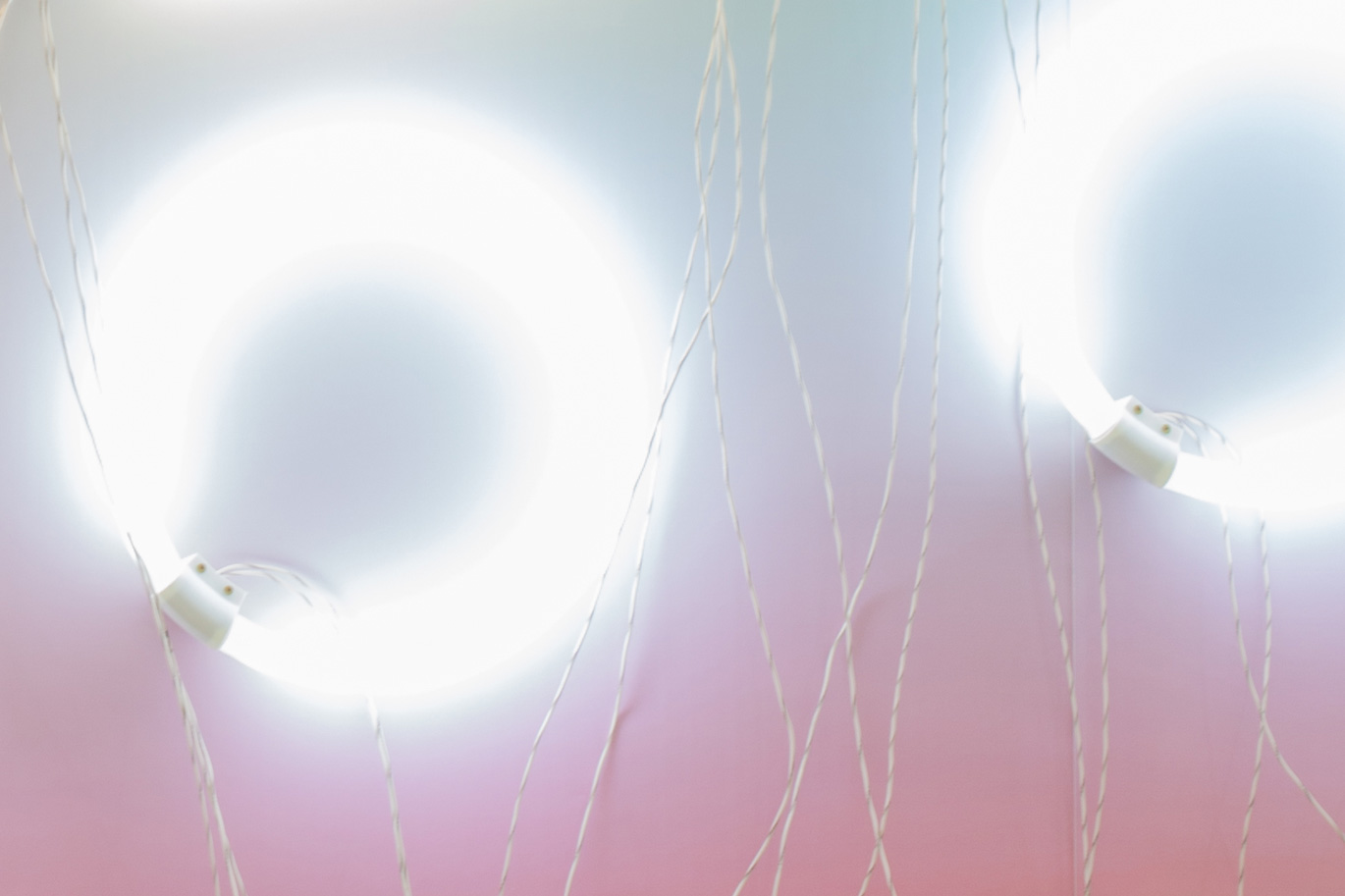Artemisia and All That: Gender and Early Modern Art
- Winter 2021
Syllabus Description:
Winter 2021 Topic: Artemisia and All That: Gender and Early Modern Art
Prof. Estelle Lingo
T Th 12:30-2:20
Discussed-based, taught synchronously on Zoom
Course TA: Kira Renfro
Office Hours:
Kira: best times are Mondays after 2 pm and Friday afternoons; please use the canvas messaging system to make an appointment
Estelle: on Friday afternoons by appointment
Artemisia Gentileschi, Self-Portrait as St. Catherine of Alexandria, c. 1615-17, National Gallery of Art, London.
In the past two years there have been landmark developments in the study of early modern women artists: the discovery of a seventeenth-century biography of Artemisia Gentileschi in 2019; the 2019 publication of a major new monographic study of Sofonisba Anguissola with a new catalogue of her works; the Prado Museum's 2019-20 exhibition dedicated to Anguissola and Lavinia Fontana, A Tale of Two Women Painters, in Madrid; and the acquisition of Artemisia Gentileschi's Self-Portrait as St. Catherine of Alexandria by the National Gallery of Art in London, which inspired the Gallery's current exhibition, Artemisia, on view through January 2021. In this course you will learn about the art and careers of European women artists from the sixteenth through the eighteenth centuries, and how new scholarly approaches and discoveries are changing our understanding of their works.
In case you have to miss a class, class sessions will be recorded and available on this site, under the Zoom section in the "Cloud Recordings" tab.
Grading Components:
First Essay Exam – 30%
Position Paper – 35%
Second Essay Exam – 35%
Late Work Policy: For late submission of work not arranged in advance with me, a deduction of .5 per day late will apply to the final grade for that assignment.
Essay Exam Format (Jan. 26 and Mar. 11): The essay exams will consist of two questions that will ask you to reflect upon major themes and issues of the course, with a focus upon our class discussions of course readings. In formulating your responses, you should cite specific works of art and artists, as well as the names of authors of relevant readings. Precise dates of artworks are not required, but your essays should demonstrate a grasp of historical context and chronology. In writing your essays, you may refer to our course materials and your own notes, but you are expected to work independently. Class meetings will not be held on the exam dates. The second exam will cover material from the second half of the course only.
Position Paper (Feb. 9, 16, or 23): For this assignment, I will divide the class into three groups, and every student will complete one position paper due on one of these dates. The papers will be the focus of a panel discussion in class on the due date; participation in the panel discussion is considered part of the assignment. For this 4-page paper (double-spaced, 12-pt font, 1-inch margins), you will be asked to reflect critically upon the contrasting interpretations of historical issues in the course readings designated in the prompt and to articulate your position on these issues. Please see Assignments for further details.
Course Readings: All course readings are available in the “Readings” folder under Files on this Canvas site. Look for the day’s reading under the author’s last name. Readings should be completed before the relevant class meeting.
Study Images: Our class Powerpoint shows will be posted for study and review after class sessions in the “Powerpoints” folder under Files on this Canvas site.
Tuesday January 5 – Introduction to the course
READING SCHEDULE:
Thursday January 7 – Passion and the Pits: The First Biography of a Woman Artist
Giorgio Vasari, “Madonna Properzia de’ Rossi, Sculptor of Bologna,” Lives of the Painters, Sculptors and Architects, trans. Gaston du C. de Vere, with introduction by David Ekserdjian (London, 1996), vol. 1, 856-60.
Tuesday January 12 – The Courtier’s Daughter: Sofonisba Anguissola
Michael Cole, “Introduction,” in Sofonisba’s Lesson: A Renaissance Artist and Her Work (Princeton, 2019), 2-15.
Thursday January 14 – Framing Anguissola: A Life in Portraits?
Mary Garrard, “Here’s Looking at Me: Sofonisba Anguissola and the Problem of the Woman Artist,” in Garrard and Norma Broude, eds., Reclaiming Female Agency: Feminist Art History after Postmodernism (Berkeley, 2005), 27-47.
Tuesday January 19 – Lavinia Fontana and the Noblewomen of Bologna
Caroline P. Murphy, “‘Gentildame et honeste matrone’: Representing the Bolognese Noblewoman,” in Murphy, Lavinia Fontana: A Painter and her Patrons in Sixteenth-century Bologna (New Haven and London, 2003), 85-104.
Thursday January 21 – New Perspectives on Lavinia Fontana
Michael Cole, “Sister Arts,” in A Tale of Two Women Painters: Sofonisba Anguissola and Lavinia Fontana, ed. Leticia Ruiz Gómez, exh. cat., Museo Nacional del Prado, Madrid, 2019, 39-51.
Tuesday January 26 – First Essay Exam
Thursday January 28 – Introduction to Artemisia Gentileschi
Elizabeth Cropper, “Life on the Edge, Artemisia Gentileschi, Famous Woman Painter,” in Keith Christiansen and Judith Mann, eds., Orazio and Artemisia Gentileschi, exh. cat., Metropolitan Museum of Art, New York, and St. Louis Art Museum, 2001-2, 263-81.
Tuesday February 2 – Revisiting Relations: Orazio and Artemisia Gentileschi
Patrizia Cavazzini, “Orazio and Artemisia: From ‘such an ugly deed’ to ‘honors and favours’ at the English court,” in Artemisia, ed. Letizia Treves, exh. cat., National Gallery of Art, London, 2020-21, 32-45.
Thursday February 4 – “Artemisia” and the Historiography of Art
Sheila Barker, “The muse of history: Artemisia Gentileschi’s first four centuries of immortal fame,” in Artemisia, ed. Letizia Treves, exh. cat., National Gallery of Art, London, 2020-21, 78-89.
Tuesday February 9 – Position Paper 1: Sofonisba Anguissola and the Siena Double Portrait
Michael Cole, “The Most Affectionate Disciple,” in Sofonisba’s Lesson: A Renaissance Artist and Her Work (Princeton, 2019), 48-67.
Thursday February 11 – Artemisia in Her Own Image
Letizia Treves, “Artemisia portraying her self,” in Artemisia, ed. Letizia Treves, exh. cat., National Gallery of Art, London, 2020-21, 64-77.
Tuesday February 16 – Position Paper 2: Artemisia's Painted Self
Mary Garrard, “The Fictive Self: Musicians and Magdalenes,” Artemisia Gentileschi and Feminism in Early Modern Europe (London, 2020), 95-112.
Thursday February 18 – Artemisia in Her Own Words
Elizabeth Cohen, “More Trials for Artemisia Gentileschi: Her Life, Love, and Letters in 1620,” in Patronage, Gender and the Arts in Early Modern Italy: Essays in Honor of Carolyn Valone, ed. Katherine McIver and Cynthia Stollhans (New York, 2015), 249-72.
Tuesday February 23 – Position Paper 3: Reading Artemisia
Francesco Solinas, “‘Bella, pulita, e senza macchia’: Artemisia and her letters,” in Artemisia, ed. Letizia Treves, exh. cat., National Gallery of Art, London, 2020-21, 46-63.
Thursday February 25 – Special Event: Class visit by Prof. Babette Bohn, who will speak with us about her forthcoming book, Women Artists, Their Patrons and Their Publics in Early Modern Bologna
Babette Bohn, “Patronizing pittrici in early modern Bologna,” in Bologna: Cultural Crossroads from the Medieval to the Baroque, ed. Gian Mario Anselmi, Angela De Benedictis, Nicholas Terpstra (Bologna, 2013), 113-26.
Tuesday March 2 – Elisabetta Sirani and the Tradition of Women Artists in Bologna
Babette Bohn, “The Antique Heroines of Elisabetta Sirani,” in Garrard and Norma Broude, eds., Reclaiming Female Agency: Feminist Art History after Postmodernism (Berkeley, 2005), 81-99.
Thursday March 4 – Elisabeth-Louise Vigée-Lebrun and the Politics of Fashion
Mary D. Sheriff, “The Portrait of the Queen: Elisabeth Vigée-Lebrun’s Marie-Antoinette en chemise,” in Garrard and Norma Broude, eds., Reclaiming Female Agency: Feminist Art History after Postmodernism (Berkeley, 2005), 121-41.
Tuesday March 9 – Angelica Kauffman: Gender and Neoclassicism
Wendy Wassyng Roworth, “Anatomy is destiny: regarding the body in the art of Angelica Kauffman,” in Femininity and masculinity in eighteenth-century art and culture, ed. Gill Perry Michael Rossington (Manchester and New York, 1994), 41-62.
Thursday March 11 – Second Exam



